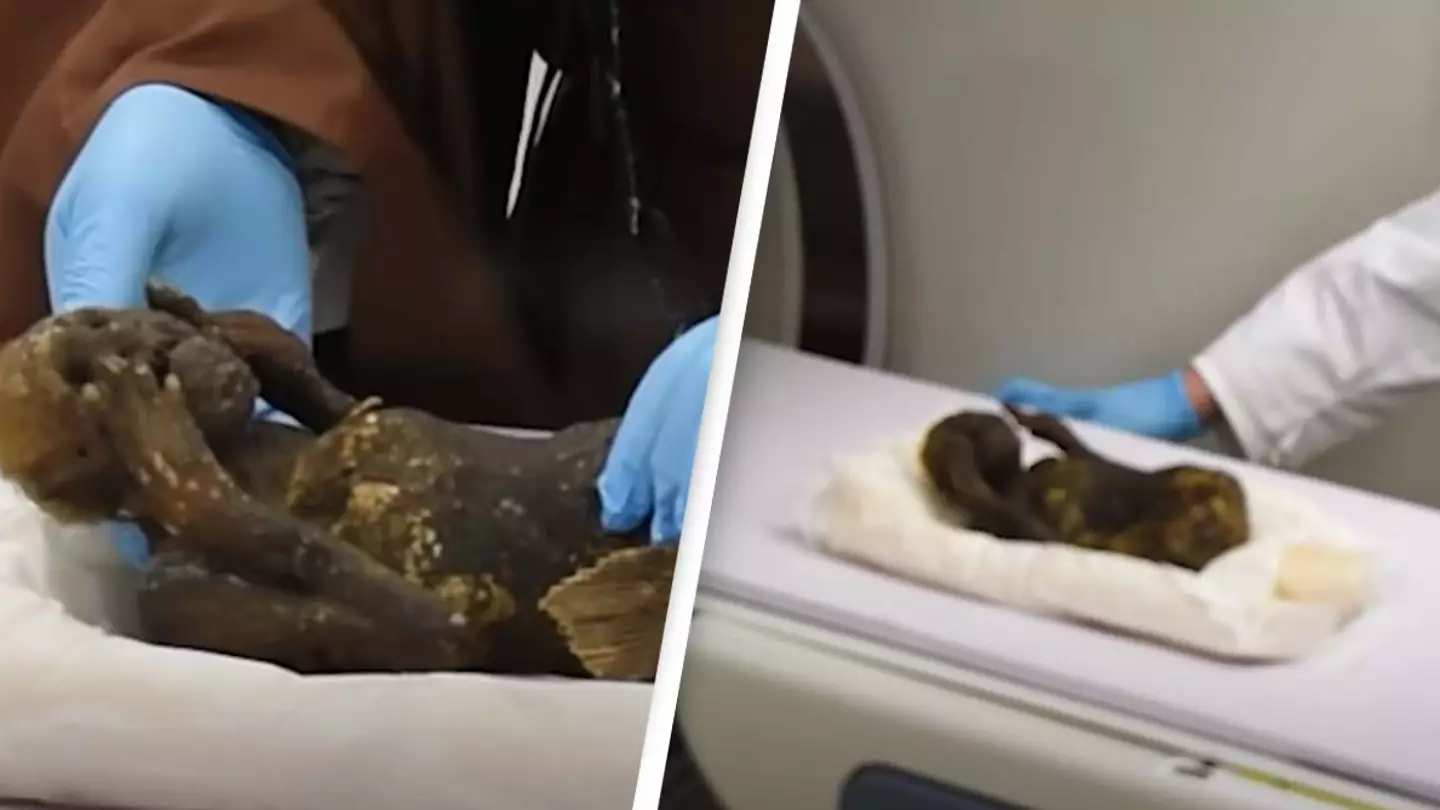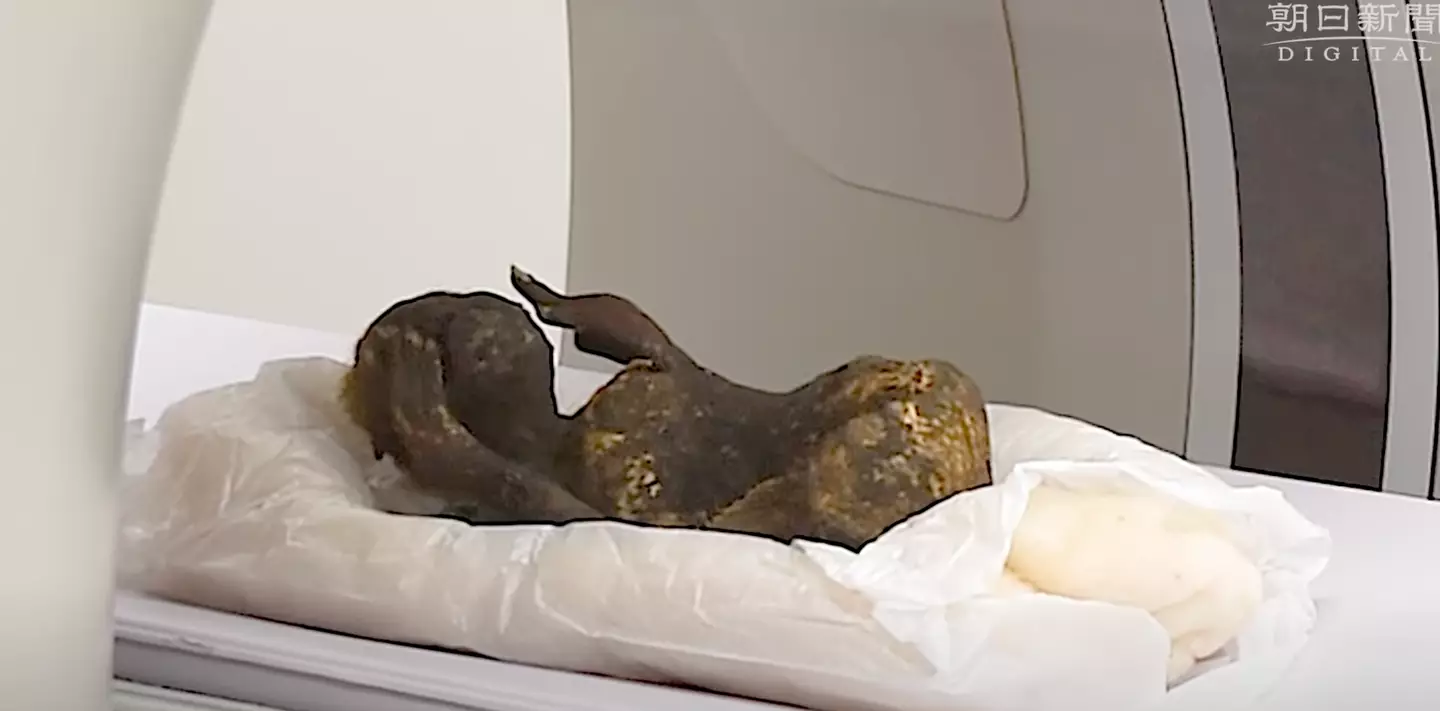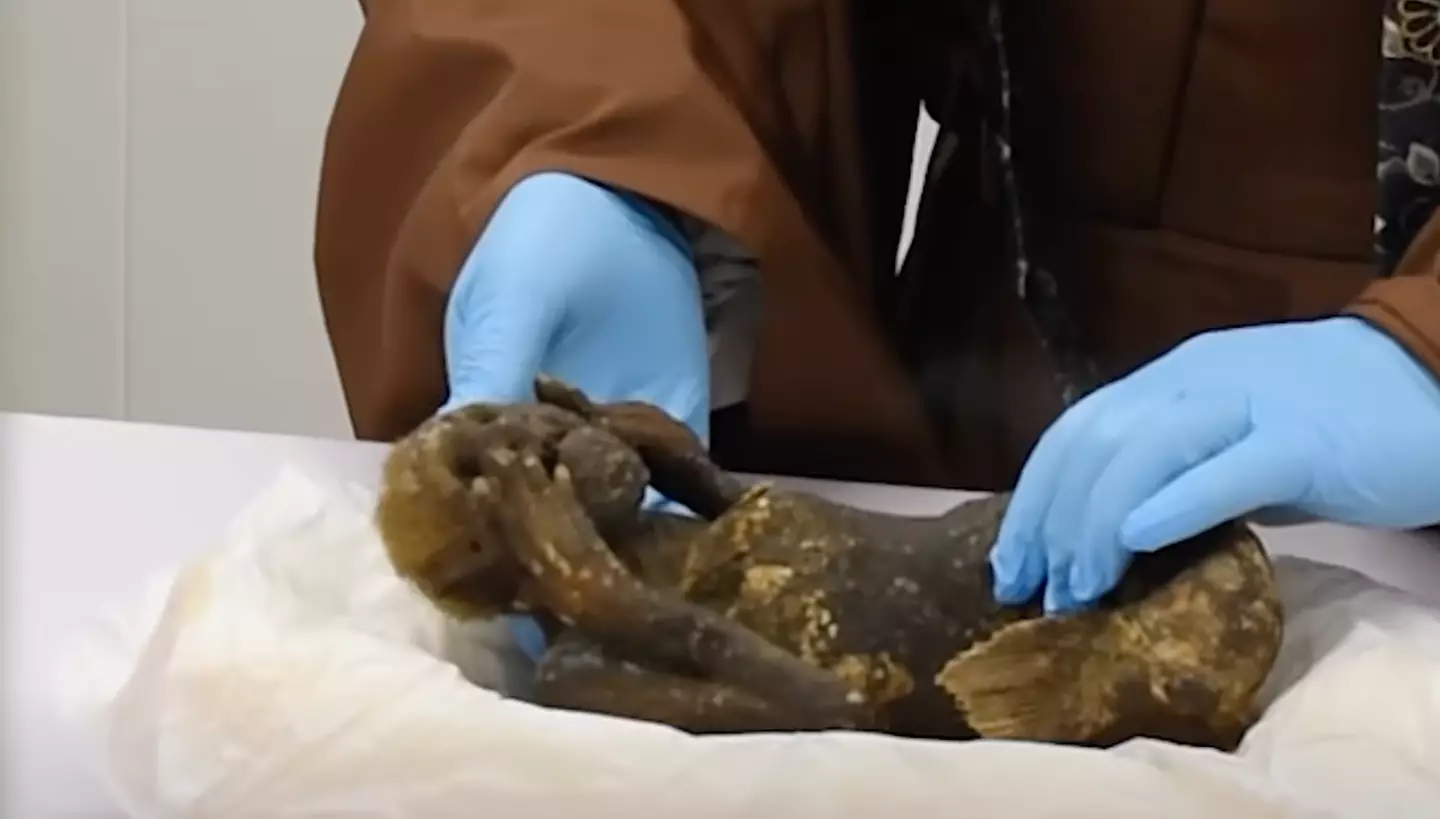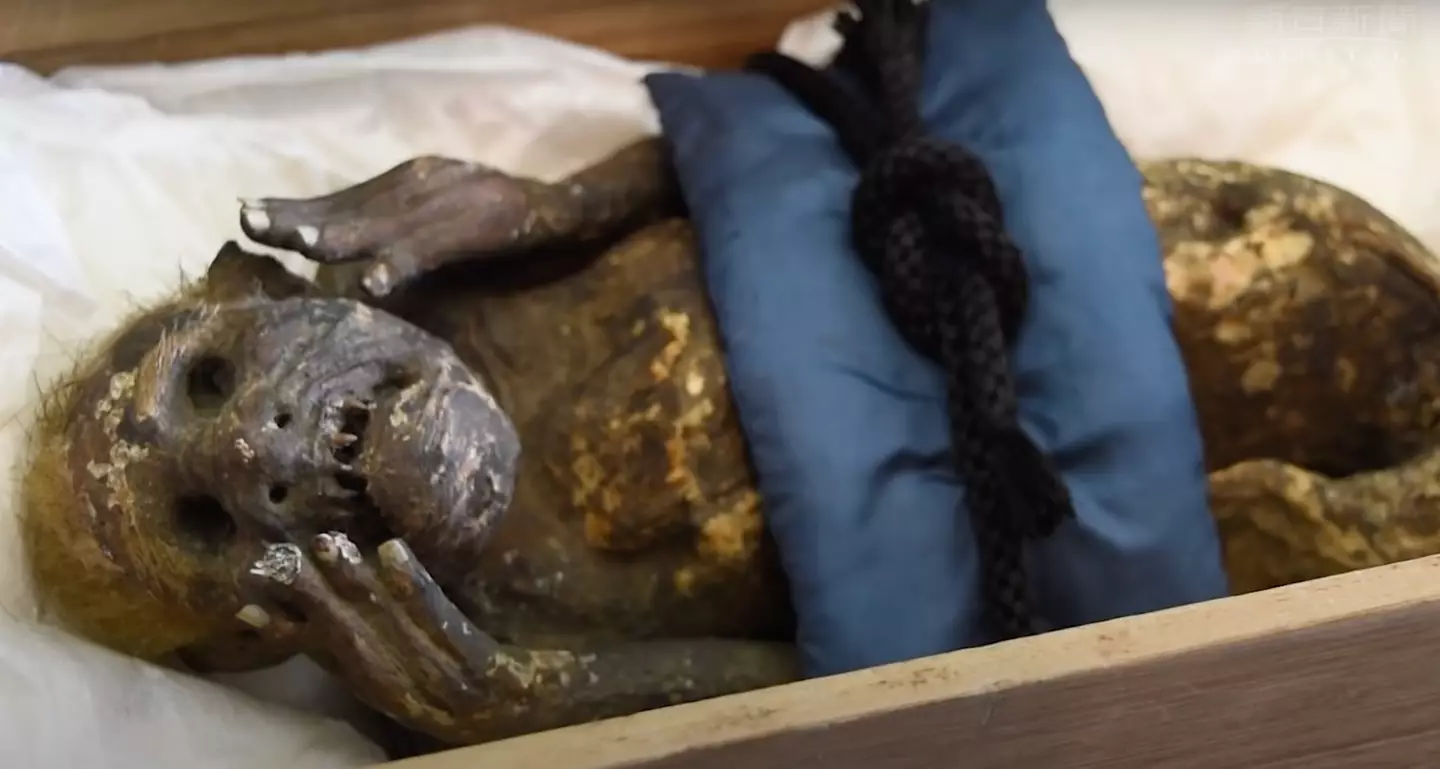
Scientists have tested a 'mermaid mummy' to figure out just what the hype over it is all about.
People have been reportedly worshipping the 'mummy' for centuries.
Through the use of high-tech equipment and computer scanning machines, researchers found out exactly what they're dealing with - and it doesn't make it any less bizarre.
Advert

The creature in question - which looks like something Frankenstein could have come up with in his laboratory - has been a source of mystery and wonder for Japanese priests for hundreds of years now.
Appearing to be mix of a few different species, the creature wound up in Okayama's Enjuin Temple, built in 838 CE, after being found in a box with a mysterious note attached.
According to local reports, the note accompanying bizarre drop-off read: "A mermaid caught in a net off the sea off of Tosa [...] in the Genbun era [1736-1741 CE]."
Since then, the 'mermaid' and its intriguing note have long-been heralded as somewhat of an unknown enigma - with many eager to figure out what the creature actually was and where it even came from.
Advert

Speaking to the Japanese news outlet The Asahi Shimbun, the head priest of the temple revealed: "We have worshipped it, hoping that it would help alleviate the coronavirus pandemic even if only slightly."
Before the 'mermaid' was scientifically studied, the priest added: "I hope the research project can leave [scientific] records for future generations."
Complete with hair on its head, a partial set of teeth, back scales and five digits on each hand - which creepily clutch at the face - the 'mummy' is quite a sight to see.
Advert
Standing at just 30cm tall, the creature has remained in the walls of the ancient Enjuin Temple for generations - until just a year ago.

After a one-year-long research project into the unknown creature, scientists from the Kurashiki University of Science and the Arts in Okayama Prefecture finally made some progress into discovery what was actually behind the seemingly mummified carcass.
With findings only announced a week ago, researchers found that the mysterious creature was not an animal at all.
Advert
To many peoples' shock, the ancient phenomena was nothing more than an artificially-constructed object.
Speaking to VICE, Takafumi Kato, a palaeontologist working on the project said: "Based on our analysis and the history of mummy creation in Japan, we can only conclude that the mermaid mummy was probably man made."
The research on the object was the first of its kind, putting to rest all the theories that the 'mummy' could be part-monkey and part-fish.

Advert
Using high-spec technology to conclude their findings, Kato reported that the research team used CT scanners and deduced that the subject was actually made paper, cloth, and cotton - with no skeleton or bones to be found.
However, scientists did find some real animal remains attached to the object.
The lower-half of the body was identified as coming from a fish's tail or fin as the study reveals it was a combination of: "Dorsal, anal, and pelvic fins, the fin bones that support the fins, and the caudal skeleton."
Its jaw and teeth also originated from an ocean-dwelling carnivorous fish and the hair-like fuzz on its head was found to originate from a mammal.
Advert
The team used radiocarbon dating technology on the subject and found that the scales dated back to the late 1800s - the time period in which scientists also theorised the object was first made.
Researchers did not find the reason why the mer-monkey was made in the first place.
UNILAD has reached out to the Kurashiki University of Science and the Arts for comment.